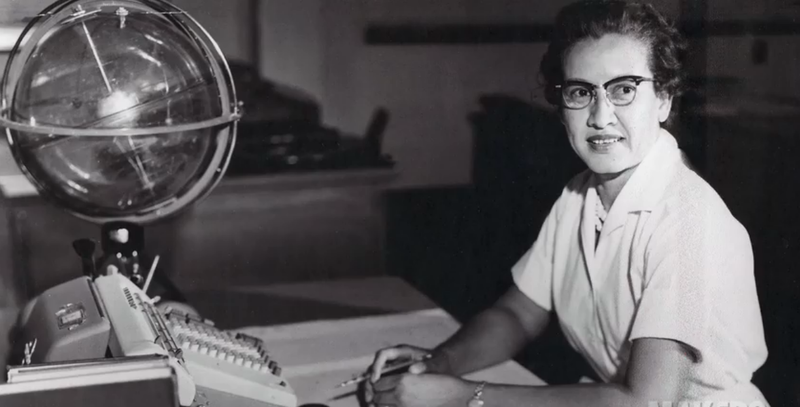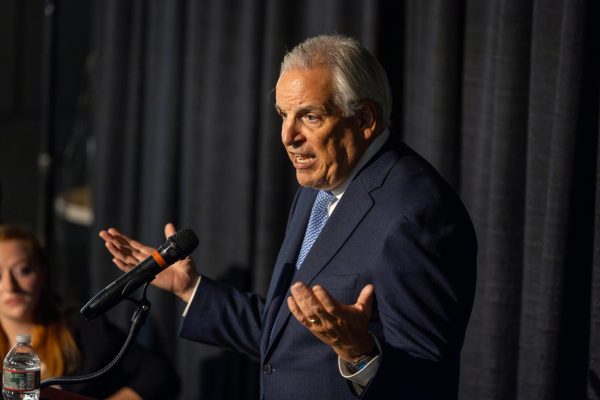Women who paved the way: Katherine Johnson
Katherine Johnson performed complex mathematical computations that helped put a man on the moon.
In light of Women’s History Month, The Hawks’ Herald is featuring important women from throughout history. The first week of March highlights women who have paved the way in science.
Katherine Johnson was born on April 26, 1918 in West Virginia. She was incredibly bright as a child and began attending high school at the age of 10. At 18 years old, Johnson graduated from West Virginia State College with the highest honors and earned degrees in mathematics and French.
She spent two years teaching in Virginia until 1939 when she was selected as one of the first three Black Americans to attend West Virginia University for its graduate program. Johnson left after a short while to marry and start a family. Her husband James Goble passed away in 1956 and she married James Johnson three years after.
In 1953, Johnson began working at the National Advisory Committee for Aeronautics (NACA) in the West Area Computing unit. This unit consisted of a group of Black women who performed complex mathematical equations by hand for the engineers of the program. The women were referred to as the “West Computers” and spent most of their time analyzing test data and then providing mathematical computations.
Their work was essential for the development of the United States’ first space program. Unfortunately, NACA was segregated and the West Computers were forced to use different bathrooms and dining areas. When NACA was incorporated into NASA, the establishment banned segregation. After the change from NACA to NASA, Johnson began working in the Space Task Force. In 1960, she co-authored a paper with an engineer that detailed the calculations for putting a spacecraft into space.
This was the first time a woman working in her division received credit. In her career, Johnson would coauthor 26 papers. In 1961, she calculated the path for Freedom 7, the first mission that put a man in space. John Glenn requested Johnson to work on verifying calculations for Friendship 7, the first mission that put a man in orbit. He did not trust the newly instituted computers that completed the calculations automatically and would only begin the mission after Johnson reviewed the calculations and gave the okay.
In 1969, she worked on the calculations for Apollo 11, the mission that put the first three American men on the moon. She then worked on the space shuttle program until her retirement from NASA in 1986. In 2015, Johnson received the Presidential Medal of Freedom and in 2016, NASA named a building after her. 2016 was also the year Margot Lee Shetterly released the book “Hidden Figures: The American Dream and the Untold Story of the Black Women Mathematicians Who Helped Win the Space Race,” a novel that told the story of Katherine Johnson, Dorothy Vaughan and Mary Jackson.
A film adaption of the novel was also released with Katherine Johnson played by Taraji B. Henson. Johnson passed away on February 24, 2020 at the age of 101. During her time at NASA, she was subjected to segregation based on the color of her skin and her sex, but she did not let that stop her. The work she performed led the first Americans to enter space and land on the moon.
Emily Dvareckas graduated from RWU in 2022 with a degree in forensic science. She spent three years with The Hawks’ Herald as the photo editor...






